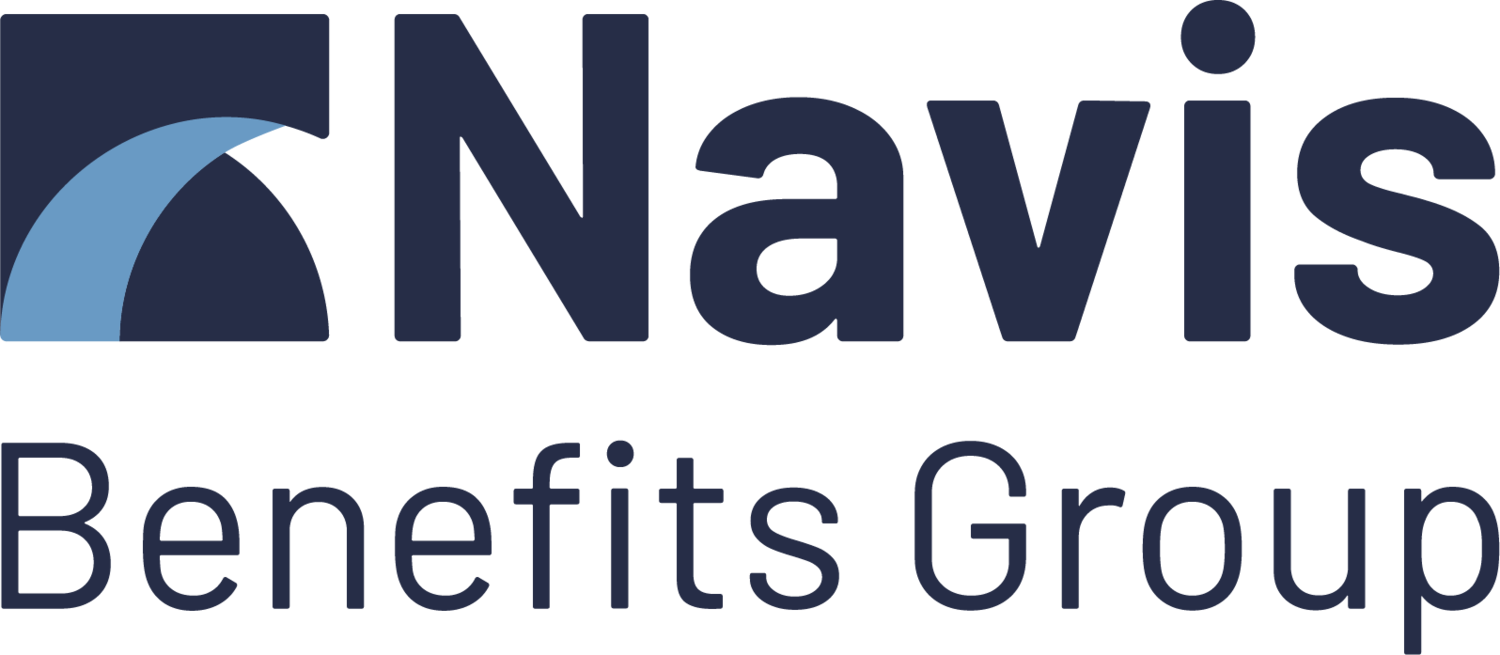The Missing Fourth Pillar - Financial Wellness
For most Employers, the financial wellness of their employees is a front and center priority.
The four pillars of an Employer’s financial wellness strategy should include protecting the ability to earn an income when disabled; providing the opportunity to save for retirement; extending an income lifeline to the employee’s beneficiaries in the event of death; and preserving accumulated assets in the event of a long-term care event.
Income Protection (STD/LTD/IDI), 401k, and Life Insurance are commonly offered benefits. These benefits address three pillars of a financial wellness strategy.
A long-term care event is perhaps one of the greatest threats to one’s accumulated assets, and the odds of financial exposure are greater than that of a disability.
Until recently, Employers haven’t had a viable solution for the fourth pillar: asset preservation in the event of a long-term care event.
Benefit and Human Resource Benefit Professionals practicing in the late 1990s will remember the surge in popularity for Group Long-Term Care Benefit programs. GLTC programs saw its peak as the most popular benefit program between 1996 and 2010, primarily due to favorable tax legislation introduced in 1996 and the ability to secure coverage on a guaranteed issue basis. By 2012, the leading GLTC insurance companies abandoned the new sales of GLTC products, recognizing too late that the product was underpriced, and the risk assumed would be costly.
Today’s asset preservation solution is better than ever. Known as “Hybrid” products, this innovative benefit combines permanent life insurance, with long-term care protection.
What is a Hybrid Product?
Offers “two-in-one” protection, with bundled Permanent Life Insurance and Long-Term Care Benefits
Permanent Life Insurance provides:
Death benefit
Cash Accumulation
Ability to take a loan against the policy
Long-Term Care (LTC) Benefits provides:
Accelerated funds from the Life Insurance policy, in the event of a LTC event
Benefit can be paid monthly, or via single lump sum
Funds are used to pay for care at home or in a skilled facility
Limits the need for insured to “tap into savings” or sell assets, to fund costly LTC.
What is Long-Term Care?
The care required when someone is unable to take care of themselves, due to a loss of 2 or more activities of daily living (ADLs) or if suffering from severe cognitive impairment.
ADLs include bathing, dressing, eating, toileting, transferring, continence
Severe Cognitive Impairment includes Alzheimer’s, Parkinson’s, dementia, or brain trauma.
Care can be provided in a skilled nursing facility, or at one’s home often by a licensed professional
Cost of Long-Term Care (LTC) Services?
Generally, not paid for by Disability, Medicare, or Health Insurance
Medicaid only pays once assets are depleted
Cost for LTC services is expected to double by 2051
The current cost can exceed $10,000/month in the Northeast
The average duration of care received is between 3 to 4 years
Resulting financial exposure ranges from $360,000 to $480,000
Only 1/3 of Americans have set aside money to protect themselves should the need arise
In the absence of LTC Insurance, a claim can quickly deplete assets including savings, retirement accounts, and even the home.
Why a Hybrid Product?
The benefit is a cornerstone to Financial Wellness, by providing 2-in-1 protection. Permanent Life insurance that can be taken into retirement, at the same cost, unlike Group Term Life Insurance. Valuable Long-Term Care coverage helps protect assets, by providing a source of funding the cost of care, rather than depleting savings, retirement accounts, or assets to pay for the cost of care.
Unlike GLTC plans once offered where the insured might not ever receive a benefit after years of paying premium, Hybrid products provide the opportunity to realize a return on investment by either collecting under the Life Insurance’s Death Benefit, or Long-Term Care provision. Also, unlike GLTC plans once offered, insurance carriers can’t file for state approved rate increases due to claims experience with Hybrid products.
Considering adding a new Hybrid Life/LTC Plan to your Employee Benefits?
Product design, underwriting offers, and plan pricing are important factors to consider.
Employee education and appropriate enrollment tools are crucial to the success of the program.
Most States require the Broker or Consultant meet specific Long-Term Care licensing requirements.
An Intelligent Investment
Employers can different themselves from their competitors, and strengthen their Financial Wellness Program, by adding a Permanent Life Insurance with Long-Term Care Benefit Program. Asset preservation is an important fourth pillar that, until recently, Employers haven’t had a solution for, since 2010.
This solution provides the ability for employees to realize a return on investment, by collecting under the life insurance’s death benefit, or the long-term care benefit. Coverage can be offered on a voluntary/payroll deduct or an employer-paid basis, secured on a guaranteed issue basis, and offered with affordable premiums. The coverage is portable in retirement, at the same premiums.
Most importantly, the absence of an asset protection pillar can place a substantial financial burden on employees, leaving employees and their families exposed to exorbitant cost of long-term care, and rapid asset depletion. A Hybrid program is an intelligent solution for asset preservation – the fourth pillar of a holistic Financial Wellness approach. A Hybrid Benefit Program provides valuable Long-Term Care coverage that can help protect assets, by offering a funding source for the cost of care, rather than depleting savings, retirement accounts, or assets to pay for the cost of care.
